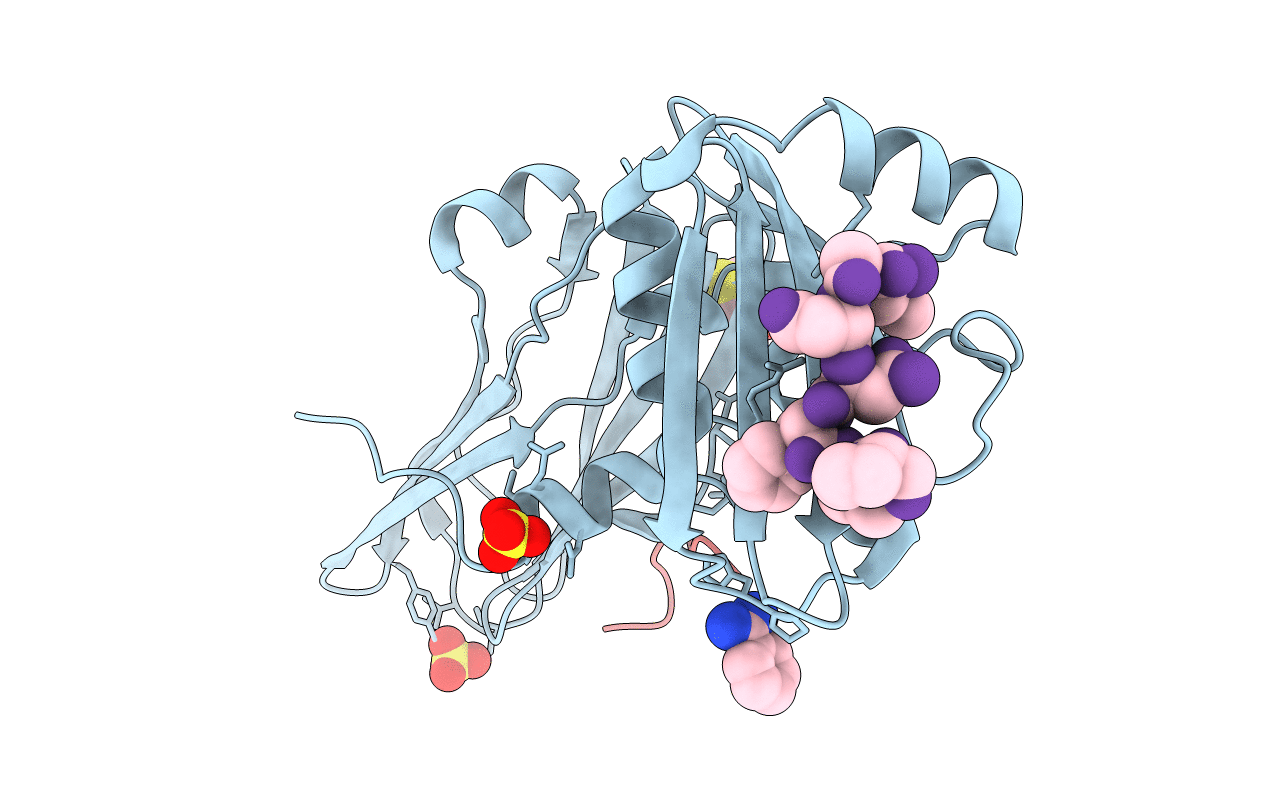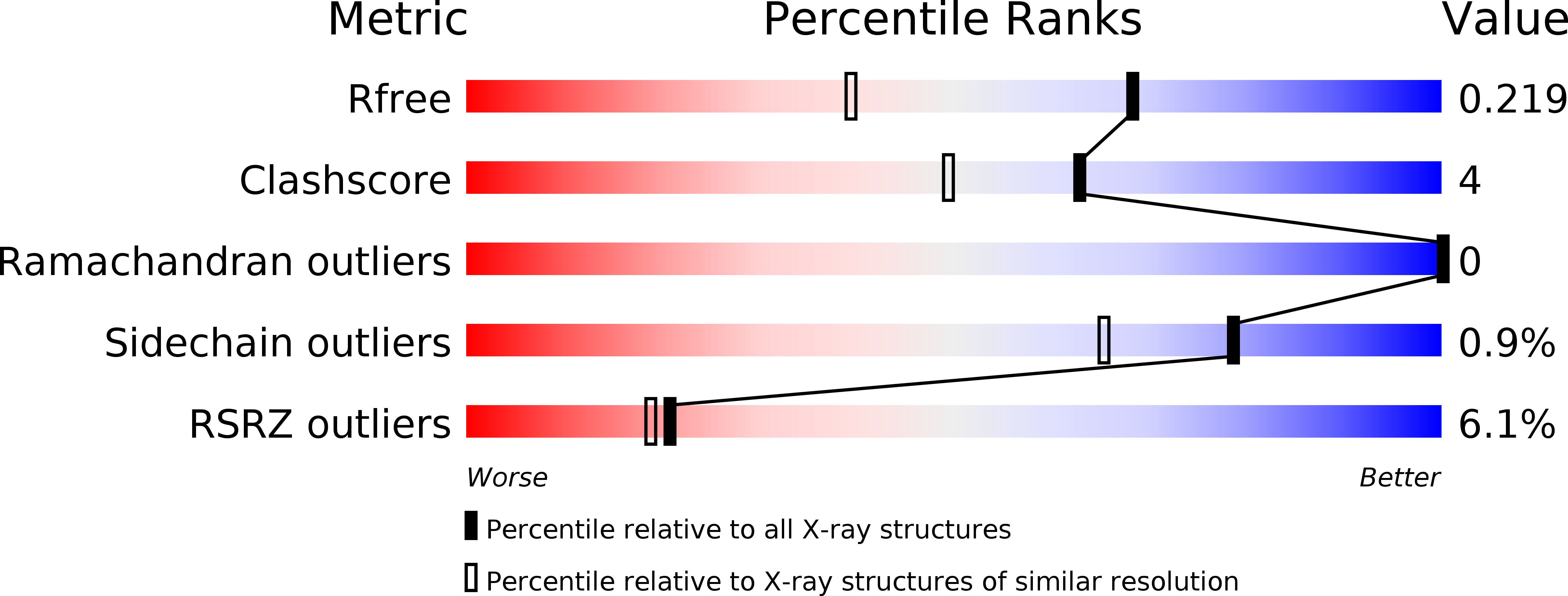
Deposition Date
2007-12-06
Release Date
2007-12-25
Last Version Date
2023-12-13
Entry Detail
PDB ID:
2VJ0
Keywords:
Title:
Crystal structure of the alpha-adaptin appendage domain, from the AP2 adaptor complex, in complex with an FXDNF peptide from amphiphysin1 and a WVXF peptide from synaptojanin P170
Biological Source:
Source Organism:
MUS MUSCULUS (Taxon ID: 10090)
HOMO SAPIENS (Taxon ID: 9606)
RATTUS NORVEGICUS (Taxon ID: 10116)
HOMO SAPIENS (Taxon ID: 9606)
RATTUS NORVEGICUS (Taxon ID: 10116)
Host Organism:
Method Details:
Experimental Method:
Resolution:
1.60 Å
R-Value Free:
0.20
R-Value Work:
0.18
R-Value Observed:
0.18
Space Group:
C 1 2 1


